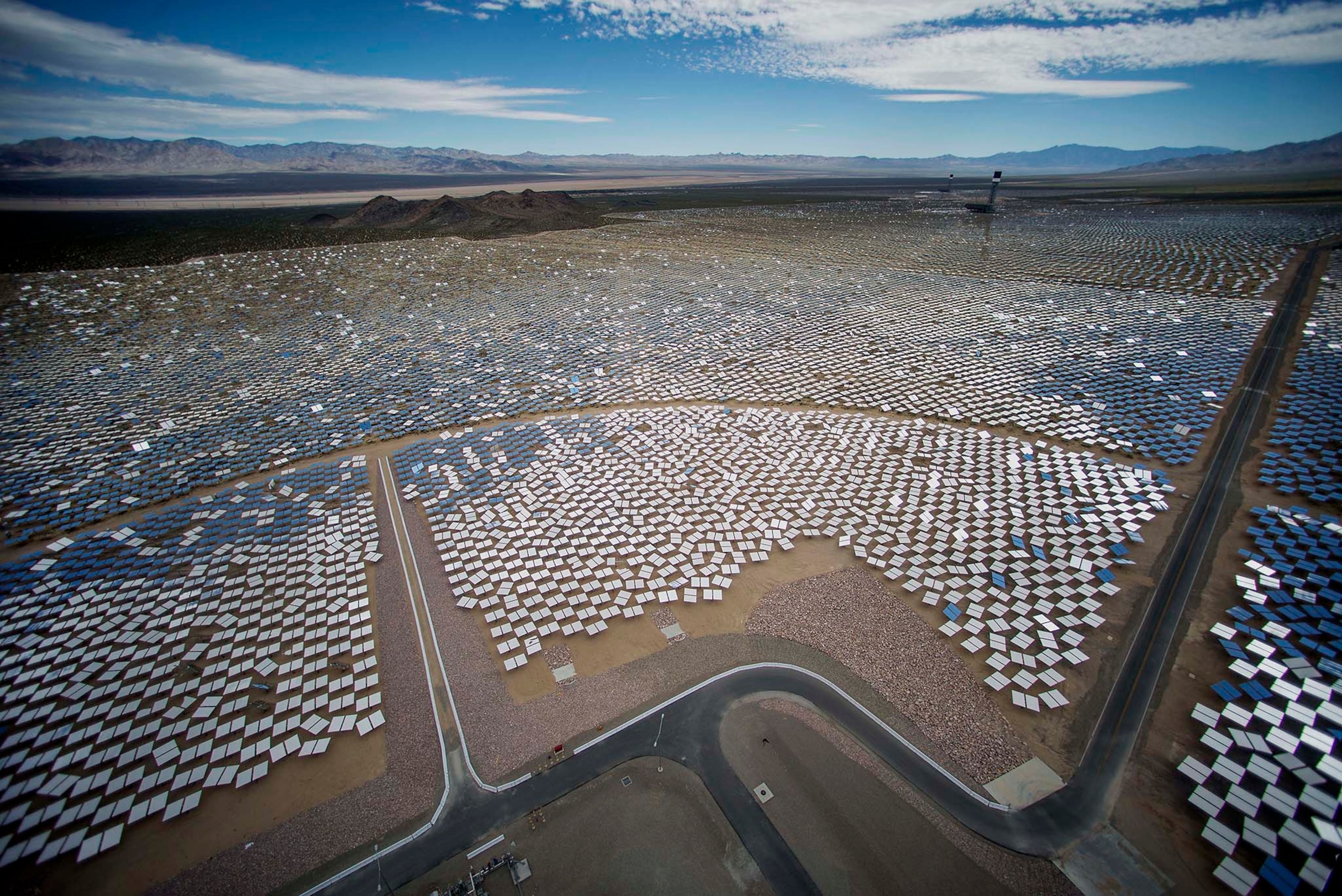
Renewable Energy Record Set in U.S.
A new report found solar and wind accounted for a record 10 percent of electricity generation in March.
The U.S. set a new renewable energy milestone in March, in data released Wednesday. For the first time, wind and solar accounted for 10 percent of all electricity generation, with wind comprising 8 percent and solar coming in at 2 percent.
The report was published by the U.S. Energy Information Administration (EIA), which collects and disseminates environmental data that is used to inform policymakers.
Wind and solar generation typically peaks in the spring and fall when there is less energy demand, and the EIA expects April to continue the record-setting 10 percent trend. That 10 percent mark is expected to slip in summer months, but 2016 saw an overall growth in renewables.
The report noted that Texas generated more wind and solar energy than any other state, nearly all of which came from wind. Iowa, however, had the largest share of renewables in total energy production. Over a third, 37 percent, of the state's energy now comes from wind and solar power.
News of the increased use of renewables comes on the heels of environmental uncertainty after the U.S. pulled out of the Paris Climate Agreement earlier this month. The Trump administration has also pushed for less stringent environmental regulations and a renewed interest in coal production.
While fossil fuels still dominate energy production overall in the U.S., solar and wind production are on a growth trajectory (especially in China, India, and some other developing countries, as well as parts of Europe). 2015 was the first record-setting year that more new infrastructure for renewable energy was installed than new infrastructure for nonrenewable energy.
Earlier this month, National Geographic reported that climate progress could not be derailed by the U.S. pulling out from the Paris Agreement for six reasons—the first among them being that solar and wind have become more cost competitive than coal.
The private sector is increasingly driving a global push for renewables as solar and wind become increasingly competitive. Solar panels and wind turbines are becoming cheaper and more commercially viable, meaning investor interest may spur continued growth in the future.
Earlier today the island of Tilos, Greece, announced that it would be entirely run on wind and solar power. The small island is able to generate enough electricity thanks to one wind turbine and a small photovoltaic park. (Read about another small island that went renewable.)
Under the Obama-era Clean Power Plan, renewable energy was expected to surpass coal in energy production by 2040, however without these regulations, the EIA estimated in 2016 that this scenario was no longer likely.
Natural gas, which has spurred debate over fracking and pipeline infrastructure, remains on track to outpace renewables and coal.





